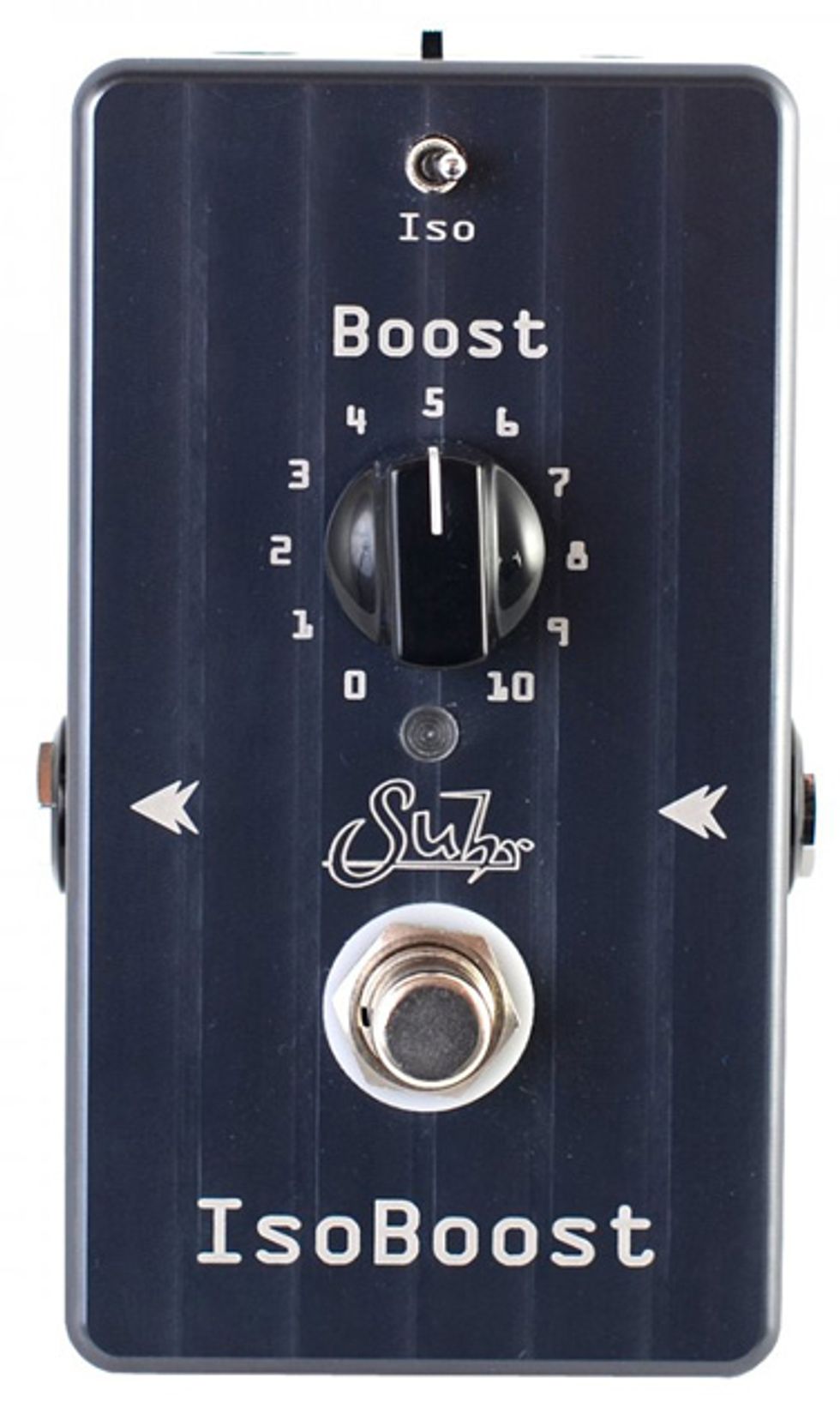Guitarists have so many tonal options available today. I routinely see players of all sorts using sophisticated rigs that would have been out of reach to all but top-level touring pros just 10 years ago! When it comes to pedals in particular, there’s a huge range to choose from and guitarists are creating sounds that have never been heard before. While there’s no absolute right or wrong way to create art via guitar tones, I do hear some common mistakes made when it comes to dialing in effects pedals. So this month, we’re going to talk about maximizing your effects and dialing them in for the greatest impact.
Compressors, Overdrives, Fuzzes, and Distortions
These effects share a common trait: They compress your signal. Compressors squash your transients and raise the level of sounds as they fade, creating a more even tone without adding any overdrive or distortion. Overdrives, distortions, and fuzzes clip your incoming guitar signal and add different types of grind and harmonics to the tone, but they’re also compressing the signal.
A common mistake I hear guitarists and bassists make is not setting the overall volume level of these effects correctly. The overall sound can seem louder and more present when you turn on one of these gain boxes while playing on your own, but you might find that you get lost in the mix when playing with other musicians. You want to make sure you set the output volume of the effect so that the transients (the initial attack when you hit a note or chord) are just as loud or slightly louder as when the effect is off.
Boosts
I get a few emails each week with questions about boosts. Guitarists usually want to know how to get an overall volume boost for solos. It’s a common misconception that you’ll get a volume bump when engaging a clean boost pedal into an already crunchy or distorted amp. The reality is that if you run a boost into an already clipped signal, you are going to push that signal into clipping further. You’ll get more overdrive and sustain, but you won’t get a volume increase.
If what you want is a volume boost, there are a couple ways to achieve this. If your amp has an effects loop, run your boost pedal in the loop. If you’re using other effects in the loop, run the boost last in your signal chain. Because the effect loop comes after the preamp (where your tone and overdrive is generated) and before the power amp (which amplifies your tone with clean power), boosting here will most definitely give you a bump in volume. You could also try using a volume pedal in the loop for volume control.
What if your amp doesn’t have a loop? One thing to consider is backing off the overdrive your amp is creating and making up that drive with an overdrive pedal placed before a clean-boost pedal. The less your amp is distorting, the more you’ll notice a volume increase when hitting it with a clean boost. Running your amp cleaner solves multiple problems because you will also be able to run effects like reverb and delay into the front end. (These effects usually sound terrible running into a distorted signal.)
Delay, Reverb, and Modulation
Setting things like feedback, mix levels of delays, and dwell levels of reverbs is best done at “real-world” levels. I’ve set up presets at practice- or home-volume levels many times, only to get to a gig or rehearsal and find that my settings are way off. When other band members are playing, it can mask things that I thought would be audible (like delay mix and trails), so more extreme settings may be required.
Another thing I’ve learned when running effects in a loop is that the louder I play, the more prominent the effect can seem. This becomes more of a factor for amps 50 watts and under, because the lower the power, the harder you’ll drive the power amp when turning up. Setting your effects at gig levels with your performance amp will ensure that you don’t get lost in a sea of delay or reverb when you least expect it!
If you’ve gone through the trouble of setting up (and hauling around) a stereo-effects rig, you want to make sure both sides of your stereo signal are properly represented in the PA when playing live. A soundperson will sometimes only provide one microphone for a guitar rig, and that can create headaches for guitarists that run in stereo. Your stereo ping-pong delays, panning, and undulating rotary speaker effects won’t sound so hot to the audience if they’re only hearing one side.
I suggest advancing the gig. Get in touch with the venue beforehand and provide them with a stage plot that details the inputs you and your band require. Some advance notice (and subtle persuasion at the gig) will usually get you the two mics and inputs you require so your stereo signal will be heard loud and proud. That said, my pedalboard is easily configurable in stereo or mono, so I can run mono very easily if need be.
I hope some of these suggestions will come in handy when dialing in your pedals. Until next month, happy picking!














